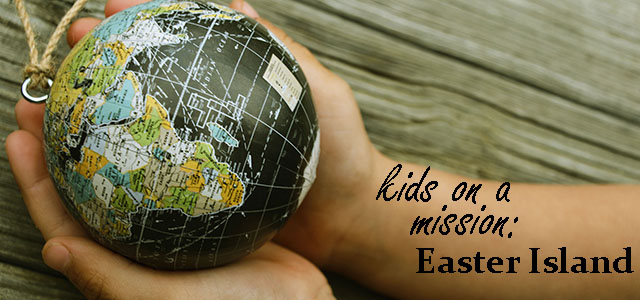
Kids on a Mission: Easter Island
Lesson 6
Purpose:
By the end of this lesson students will be able to:
- Recall basic facts about Easter Island and its religion, geography, and culture.
- Explain how the people of Easter Island decide their governors.
- Pray for the people of Easter Island by thinking through some of their needs.
- Creatively design and name an island of their own
- Summarize Rom. 5:8
Materials:
- Bible
- Statues draw or printed from here
- Marker
- Plastic eggs, mark one internally with a star sticker or paper or something special to make it stand out.
- Crayons
- Passport
Helping Hints:
- Before the lesson begins, cut out the Easter Island statues and put them around the wall. Make sure to write a number on the back.
- Set up for the egg hunt ahead of time. This will help the lesson flow much smoother. Or if you have help, have the helper set up for the hunt while you begin the lesson.
Introduction:
Teacher says:
- “Today we will begin by looking at a verse from the book of Romans.” Have students find Romans 5:8 in their bible if they have one.
Romans 5:8 – but God shows his love for us in that while we were still sinners,
Christ died for us.
- “Can anyone tell me what this verse is saying about how God loves us?” (Allow students to respond)
- “He loved us while we were still sinners.
- That means He not only loved us before we loved him, but he loved us before we even cared who God was, and we gave all our time and energy to other things that we thought would make us happy.
- Wow, that is so amazing and wonderful! Let’s keep this verse in mind today as we learn about our new country.”
Lesson:
Easter Island
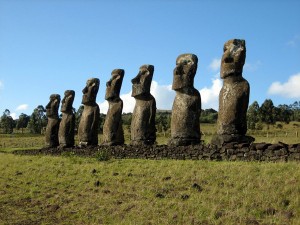
Teacher pulls out a map and finds the Pacific Ocean.
Teacher says:
- “Today, the country we’ll be exploring is in the middle of the Pacific Ocean. It’s an island, which means it has water on all sides of it. Our country is named Easter Island!”
Find the country on the map for the students
- To learn a little about this country, I’ve put up statue heads all around the room. We’ll take turns retrieving different statue heads, and with each statue learn a new fact about Easter Island. Are you ready?”
Have students go one at a time around the room to get a statue that you’ve taped to the wall. With each statue there is a number on the back. That number can correspond to information you can tell the students about Easter Island.
List of information about Easter Island. You can include all of these or just a few, depending on how much time you have, and how much you want the students to know.
- So where does the current name come from? Well a Dutch sea captain Jacob Roggeveen was the first European to visit the Island on Easter Sunday on April 5, 1722. So there you have it, he visited over Easter, and then Easter Island was named!
- The people of Easter Island call it “Rappa Nui” and the statues are called “Maoi”
- Easter Island is actually a volcanic island. Under the ocean there were three volcanoes that continued to erupt. And overtime the volcanic lava from the explosions cooled and built up until it finally broke through the water’s surface. It took a long time, but the island eventually grew plants and many birds settled there. One day people afloat from the Polynesian islands landed there and settled. (show students where the Polynesian islands are)
- The people of Easter island live in different tribal groups. They believe that when a chief of a tribe dies, his soul is immortal and can still help the people. So the tribe builds a giant statue heads on for each chief that has died. The people believe the statues bring honor to the chiefs and the chiefs will protect the people.
- There are almost 900 statues on the island. The tallest is about 30 feet. They were built from the hardened volcanic rock, and usually in one giant piece.
- Some statues weighed as much as 80 tons… that is 40 elephants. Whoa that’s seriously large and heavy too! It is believed that anywhere between 50 to 150 people were needed to drag them across the countryside, depending on their size. They dragged them on sleds and rollers made from trees.
- Easter Island is a small island that is hilly with no trees.
- Easter Island is one of the most secluded islands in the world. They are a little over 1200 miles away from their closest neighbor.
- It has about 5,800 residents, of which some 60% are descendants of the aboriginal Rapa Nui.
- The people of Easter Island speak Spanish
Game:
Teacher says:
- “Okay now that we’ve learned a little about the country I have one more interesting fact for you. The MANTURA is an Easter Island seagull. When the island needed to choose governors instead of chiefs they would have a ceremony of great difficulty. Men would have to swim, climb and fight for the very first sea gull egg of the island. The men who retrieved them, they were called bird men and helped to rule the island. They would wear a hat with the egg they found on it. The next year they would have to participate again to be a governor again.”
- So, today we’re going to have our own egg hunt! The eggs are hidden and are ready for you to find. But, there is only one Mantura egg. At the end, when all the eggs have been found, everyone will open their eggs and whoever has the special marked egg will be the bird man!
(Special tip: Boys or older crowd, create an obstacle course where kids have to retrieve an egg… winner or winning team become the birdman.)
Activity:
Coloring and naming their own island inside passports:
Teacher says:
- ”An explorer discovered the island on Easter Sunday and named it Easter Island. That is a great name for the island, but how about you give it a try.”
Give students passports, crayons, and markers with the following instructions:
- Color your island
- Add geographical land marks like mountains or volcanoes, rivers or lakes
- Is there anything special or unique about your island?
- What will it be named?
When everyone is finished, allow students to share about their island.
Summary/ Conclusion:
After students share their pictures, have them gather back around.
- “Let’s read the verse again:
Romans 5:8 – but God shows his love for us in that while we were still sinners,
Christ died for us.
- If Jesus died for us while we were still sinners, is that true for the people of Easter Island?
- The people of Easter Island did not know God or love him, but instead worshipped their ancestors. Even so, God still showed his love for them by sending Jesus. God always reaches out to us first and loves us first. He loves the people of Easter Island and wants them to know Him more.
- Let’s pray for that today!
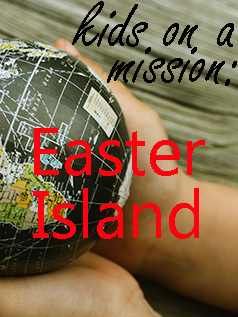

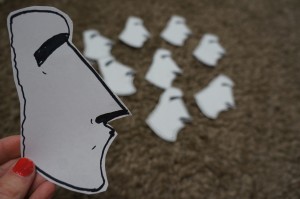
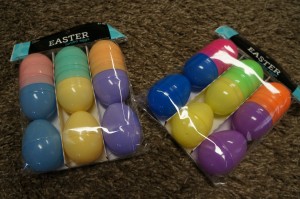

Frank Hurtte
March 8, 2016 at 8:50 am (8 years ago)Here’s an interesting point for the kids.
The inhabitants of Easter Island arrived by canoe about 500 years after Christ. When they arrived they brought chickens with them. But evidence shows these people did not start eating the chickens until they had eaten all the wild birds and dolphins that inhabited the area. So… when we say, it tastes like chicken. The Easter Islanders disagree. They thought jungle birds tasted better.
Katie Short
March 8, 2016 at 12:58 pm (8 years ago)That is great perspective! Thanks!